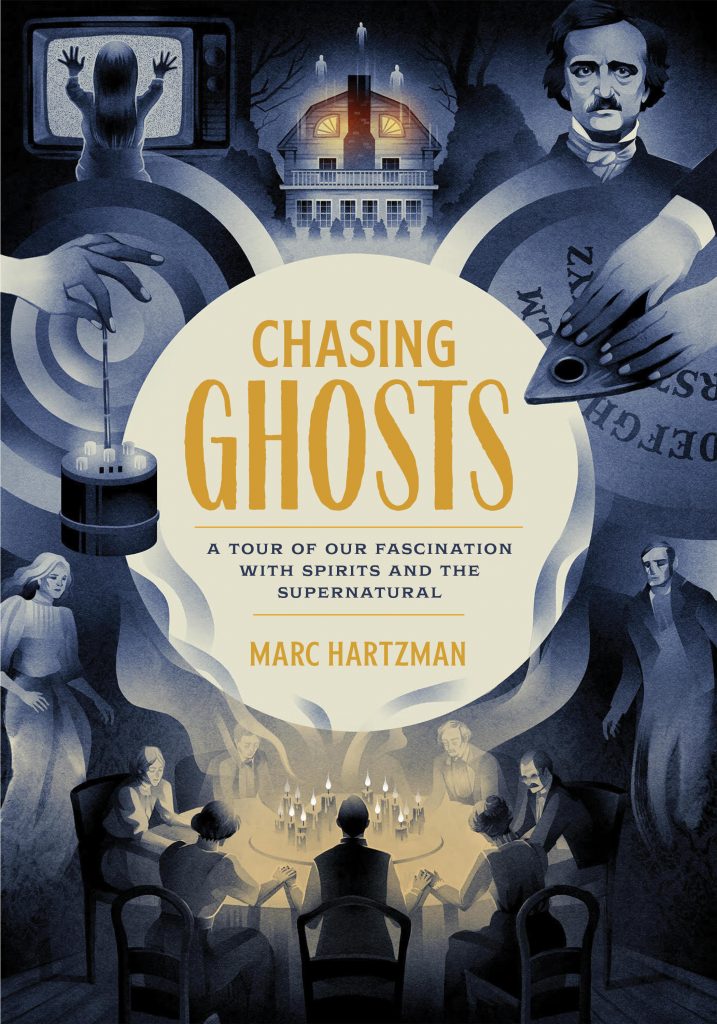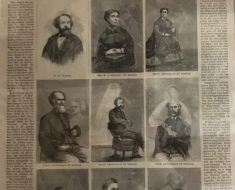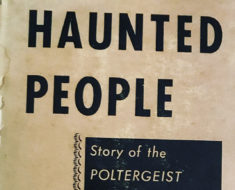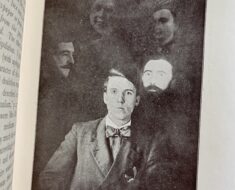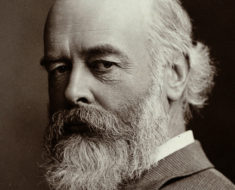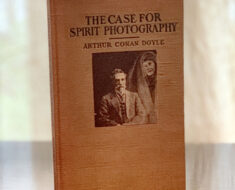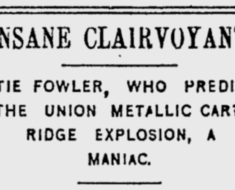As Sir Francis Bacon was passing through the Highgate area of north London in 1626, the philosopher contemplated ways to preserve food—particularly using the concept of freezing. To test his theory, he grabbed a chicken wandering through Pond Square, plucked it, gutted it, and stuffed it with snow. Bacon, however, didn’t live long enough to test the results. Ironically, freezing temperatures soon after gave him a fatal case of pneumonia. Ever since Bacon’s frozen poultry experiment, people have claimed to hear a squawking chicken or seen its shivering spectre running in frenzied circles around the square—including a World War II air raid warden who tried to catch it for dinner.
Other animals have reportedly returned from the dead as well. Just a few miles south of Pond Square is the Tower of London, where Anne Boleyn has busily haunted since her execution in 1536. But at least her beheaded spirit never mauled anyone to death. In the early 1800s, a ghost bear did just that. As a soldier stood at one of the towers for his night shift he suddenly witnessed a “huge furry apparition” coming from underneath the jewel room. Frightened, the guard attacked it with his bayonet and jammed it into the door. The ghost survived, but the sentry wasn’t so lucky. He dropped to the ground unconscious and days later, as the keeper of the crown jewels said, “died at the presence of a shadow.”
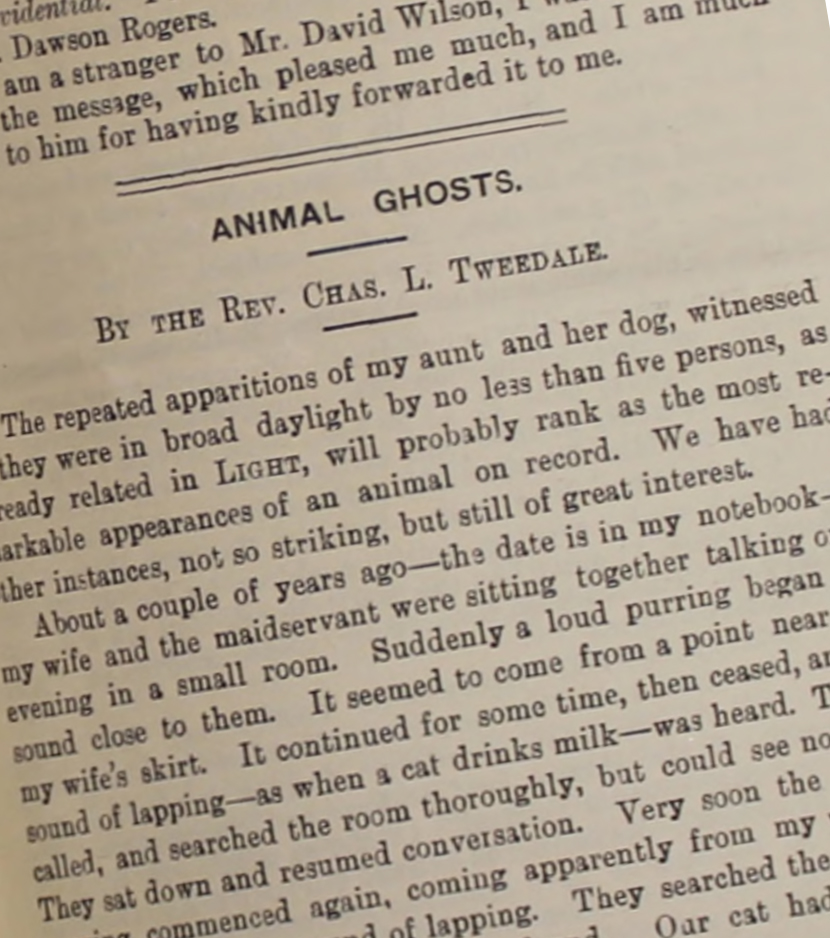
In 1915, Reverend Charles L. Tweedale described a spectral dog as witnessed by his wife—and corroborated by their cat. The strange sighting happened late one night when Mrs. Tweedale was fluffing pillows in an upstairs bedroom and saw an apparition of a large black dog standing near the foot of the bed. At that same moment her cat moseyed into the room and freaked out at the sight of the dog.
“It bounded high into the air, arching its back, spitting, and with tail swollen thick as a furze bush,” Tweedale recounted.
The startled cat jumped to the back of the dresser. Fortunately the creature faded away, perhaps finally headed off to Doggy Heaven. Apparitions of black dogs are found in the folklore of the British Isles and often associated with the devil as an omen of death. (Remember the black dogs guarding the Antichrist in The Omen?) These legendary four-legged foes also inspired The Hound of the Baskervilles, written by ghost super fan, Sir Arthur Conan Doyle.
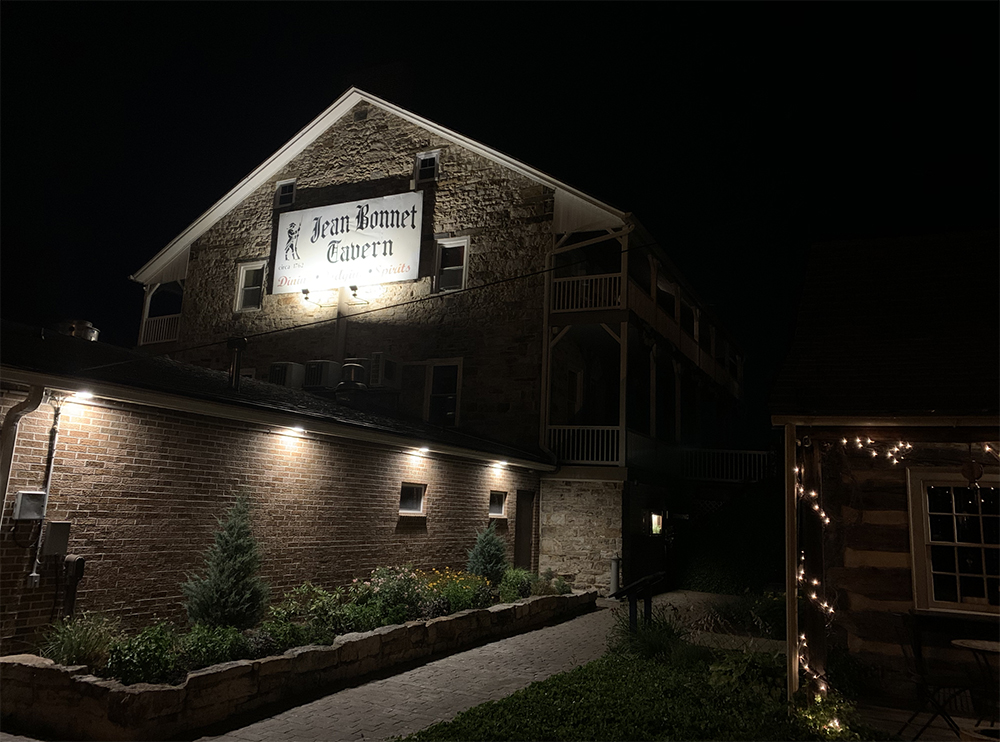
Of course, if dogs can be ghosts, you better believe cats can be too. One of them is currently haunting the Jean Bonnet Tavern in Bedford, Pennsylvania. Sitting just off Lincoln Highway, the stone lodge dates back to the mid eighteenth century when it doubled as a courthouse. Horse thieves and other criminals were hanged inside. Since those long-gone days the tavern’s been known for its non-alcoholic spirits. Glasses have flown off shelves, an old lady in a dress has appeared in an inaccessible window, murky figures appear in photographs, and yes, a ghost kitty prowls the premises. The furry phantom’s been frequently sensed running through the downstairs dining room and jumping on a bed in an upstairs guest room.
“I have a manager who checked in the room one day and she came back out with her arms all clawed up—she didn’t feel anything, but she had scratch marks from a cat,” said Brandon Callihan, owner of Jean Bonnet Tavern. “She came down the steps, and I said, ‘What happened to your arms?’ She said, ‘I don’t know.’ But then in ten seconds they went away. Right in front of us. They just disappeared. Back to normal.”
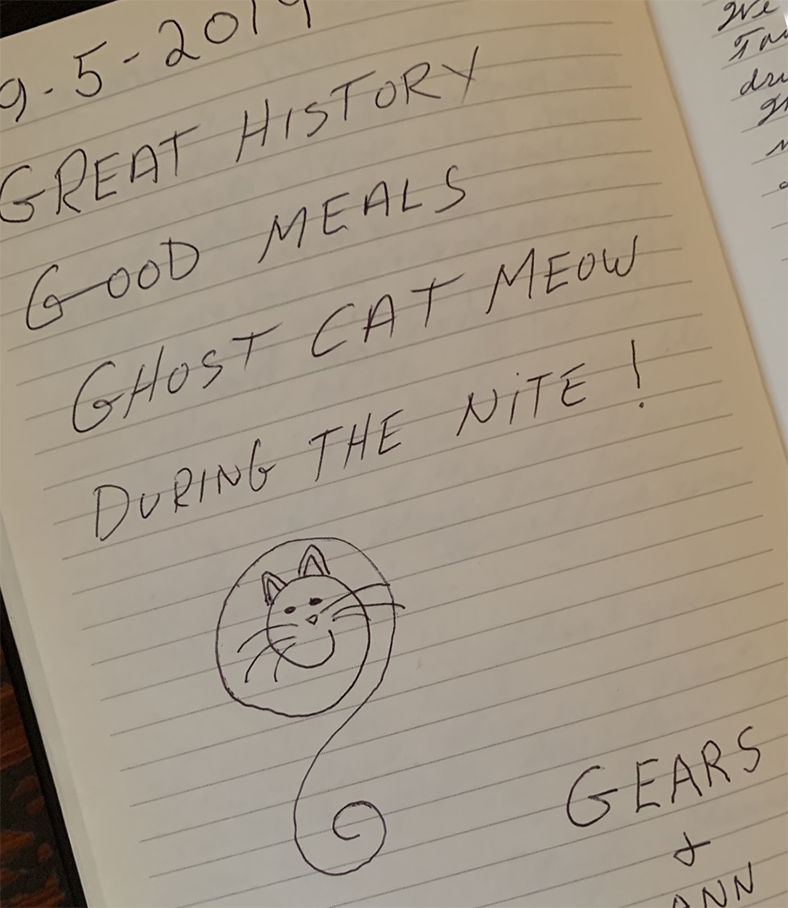
If cats have nine lives, they might have even more beyond the veil. This could mean joyous reunions with our pets await us—and some awkward moments for all the chickens and other animals we’ve fried, grilled, and barbecued.
This article was originally written for my book, Chasing Ghosts: A Tour of Our Fascination With Spirits and the Supernatural. Buy on Amazon.
